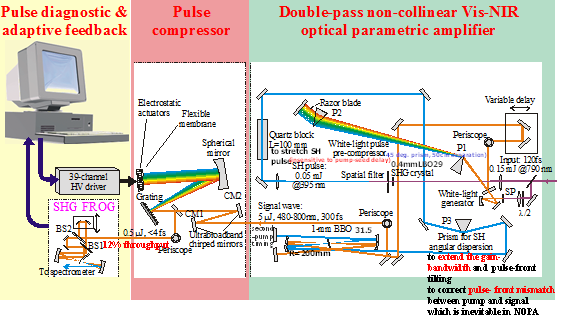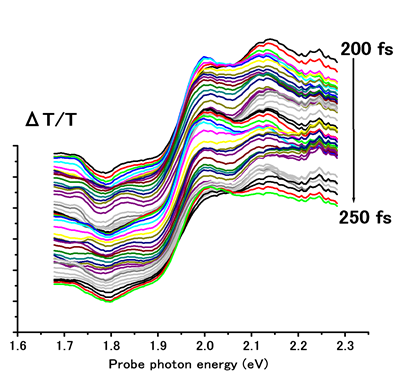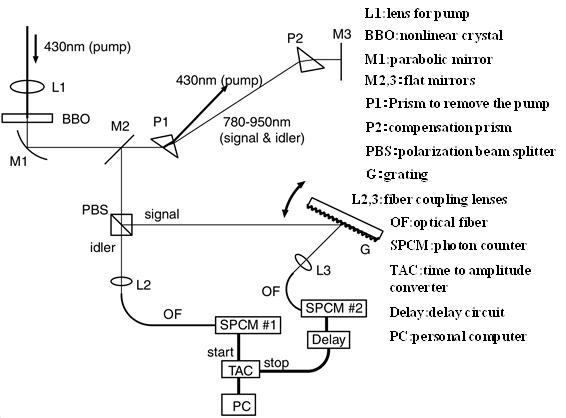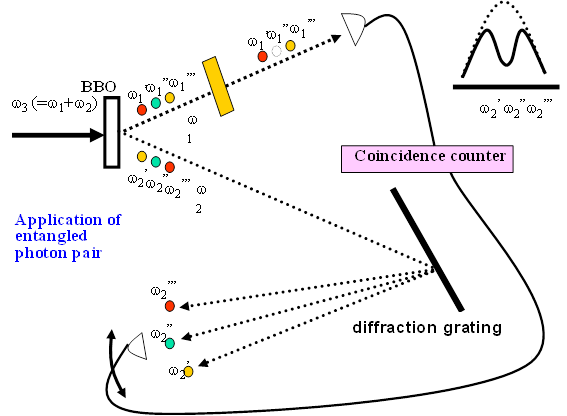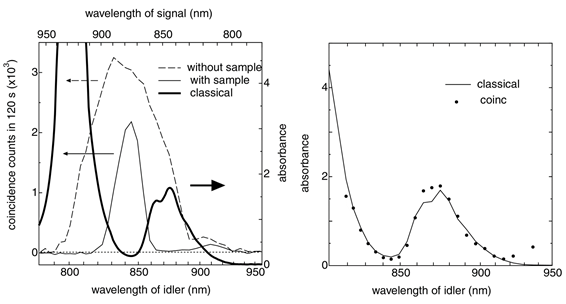September 2015 Issue
Topics
A career in ultrashort pulse lasers, ultrafast spectroscopy, and quantum information
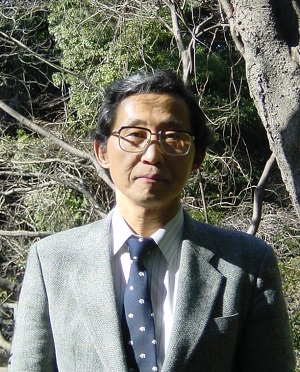
Takayoshi Kobayashi Laboratory, Advanced Ultrafast Laser Research Center,
University of Electro-Communications, Tokyo.
Professor Takayoshi Kobayashi joined the University of Electro-Communications, Tokyo (UEC, Tokyo) as a Specially Appointed Professor after retiring from The University of Tokyo in 2002. "Over my 49 year research career I have published about 580 original papers on a wide range of optical phenomena," says Kobayashi. "I even broke my own world record for generating sub- femtosecond laser pulses."
Indeed Kobayashi is one of the pioneers of using non-collinear optical parametric amplification (NOPA) to produce ultrashort pulse lasers. In 1999 Kobayashi and colleagues set a world record by producing 4.7 femtosecond (fs) laser pulses in the 500-800 nm range after that Kobayashi kept breaking his own world record from 1999 for more than 15 years. In 2011 Kobayashi broke his own world record by generating carrier-envelope phase (CEP) stabilized 2.4 fs near infra-red pulses in the 410-820 nm wavelength range.
Such short pulses of intense laser light are important for investigating ultrafast and nonlinear optical properties of various condensed materials including polymers, optoelectronic device materials, and topological insulators. Specific research being undertaken by Kobayashi and his colleagues includes: Real time, sub 5 femtosecond spectroscopy of conducting polymer polyacetylenes and polydiacetlenes with highly optical nonlinear, and another quasi-one-dimensional system of halogen-bridged mixed-valence metal complexes. Also important study has been made for topological insulators which are recently attracting many researchers.
Other areas of research include quantum quantum photobiology, and femtosecond dynamics of bacteriorhodopsin, a molecule that uses solar energy to generate energy by pumping protons across a membrane.
Another field of his research using nonlinear optical parametric interaction is a quantum information. This is also a technique for ultrashort pulse generation. "Quantum entanglement is a fascinating area of research with a wide range of practical applications," says Kobayashi. "For example we are using so called entangled photons to measure the spectrum of materials on the surface of the moon with the monochromator on earth. These experiments can be carried out with a high sensitivity and low noise visible detector coupled with a noisy infra-red detector."
Recently, Kobayashi is doing research of development of super resolution optical microscopes, based on novel ideas now being applied to several patents.
Kobayashi is also passionate about education and nurturing young scientists. "One of the rewarding things about research is seeing how young scientists develop with time. It is highly rewarding to see students turn into quality scientists."
Further information
- Takayoshi Kobayashi website:
- http://femto.pc.uec.ac.jp/index.html
References
Selection of ten papers out of about 580 original papers published by Takayoshi Kobayashi.
- Sub-5-fs visible pulse generation by pulse-front-matched noncollinear optical parametric amplifier, A. Shirakawa, I. Sakane, M. Takasaka, and T. Kobayashi, Appl. Phys. Lett. 74, 2268-2270, (1999).
- Real-time spectroscopy of transition states in bacteriorhodopsin during retinal isomerization: T. Kobayashi, T. Saito, and H. Ohtani, Nature 414, 531-534(2001).
- Controlling the carrier-envelope phase of ultrashort light pulses with optical parametric amplifiers A. Baltuska, T. Fuji, and T. Kobayashi, Phys. Rev. Lett. 88, 0133901, (2002).
- Visible pulse compression to 4 fs by optical parametric amplification and programmable dispersion control, Baltuska, T. Fuji, and T. Kobayashi, Opt. Lett. 27, 306-308, (2002).
- Cascaded four-wave mixing and multicolored arrays generation in a sapphire plate by using two crossing beams of femtosecond laser, J. Liu and T. Kobayashi, Opt. Exp. 16, 22119-22125, (2008).
- Primary conformation change in bacteriorhodopsin on photoexcitation, A. Yabushita and T. Kobayashi, J. Biophys. 96, 1447-1461, (2009).
- Ultrafast Spectroscopy of oxy-hemoglobin during photodissociation, A. Yabushita and T. Kobayashi, J. Phys. Chem. B, 114, 11654-11658, (2010).
- Kinetic isotope effect on the proton-transfer in indigo carmine, I. Iwakura, A. Yabushita, and T. Kobayashi: Chem. Phys. Lett. 484, 354-357(2010)
- Temporal contrast enhancement of femtosecond pulses by a self-diffraction process in a Kerr bulk medium, J. Liu, K. Okamura, Y. Kida, T. Teramoto, and T. Kobayashi, Opt. Exp. 18, 22245, (2010).
- Octave-spanning carrier-envelope phase stabilized visible pulse with sub-3-fs pulse duration, K. Okamura and T. Kobayashi, Opt. Lett. 36,226-228, (2011).
